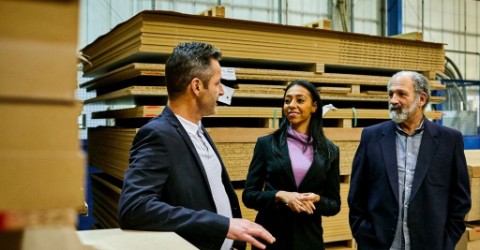Topic: Corporate finance Transferring your business: A complete guide for business owners August 22, 2025

Whether you're launching a start-up or expanding business operations, we have practical advice to help you meet your objectives and make sound decisions.

Refer to our articles to better understand complex concepts and manage your business more effectively.


Select a category to explore.